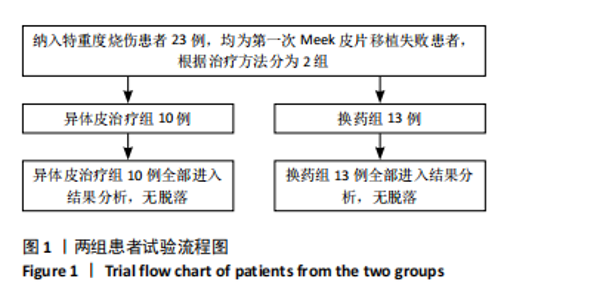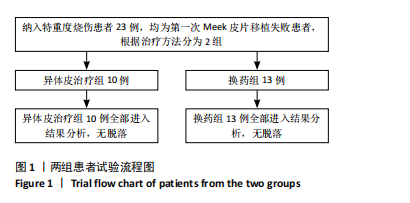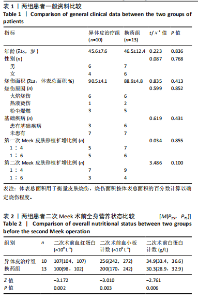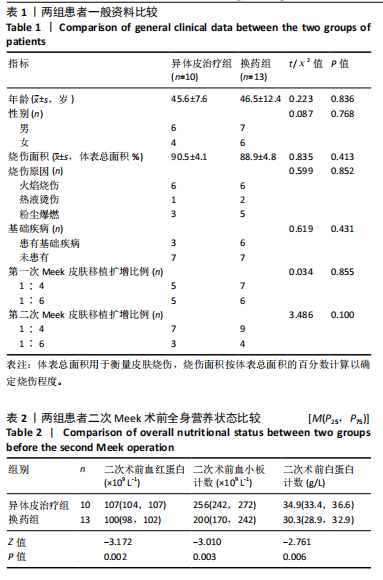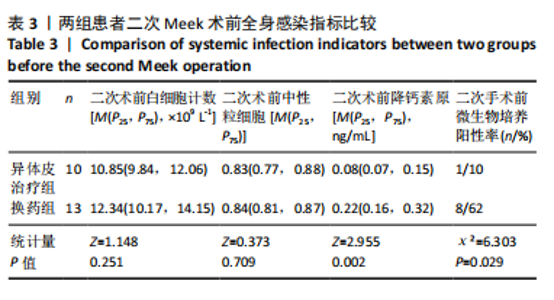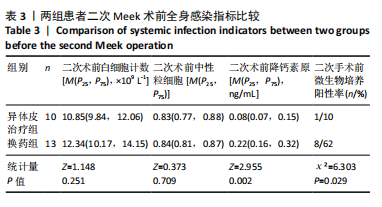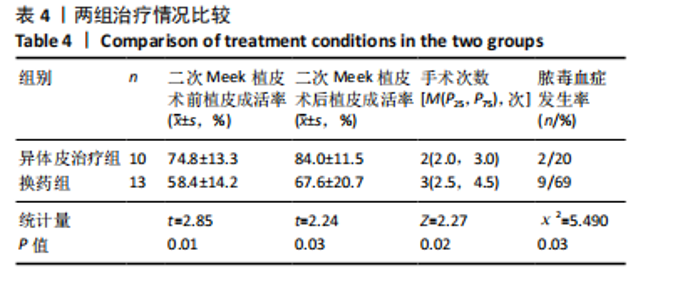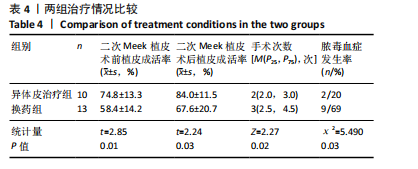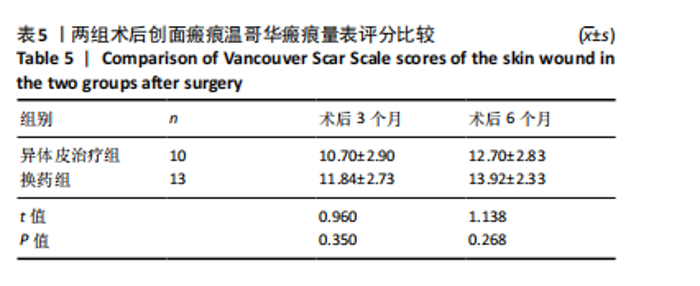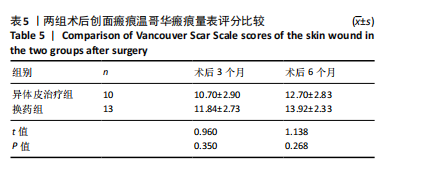[1] SHEN C, LIU X, ZHANG B, et al. An innovated elastic compression hemostasis technique for extremity excision in patients with extensive burns: A prospective clinical randomized controlled trial. Surgery. 2023;(6):173.
[2] SNELL JA, LOH NH, MAHAMBREY T, et al. Clinical review: the critical care management of the burn patient. Crit Care. 2013;17(5):241.
[3] HOUSCHYAR KS, TAPKING C, NIETZSCHMANN I, et.al. Five Years Experience With Meek Grafting in the Management of Extensive Burns in an Adult Burn Center. Plast Surg (Oakv). 2019;27(1):44-48.
[4] 狄海萍,牛希华,李强,等. Meek植皮在不同年龄段大面积深度烧伤患者中的应用效果[J]. 中华烧伤杂志,2017,33(3):156-159.
[5] 林陆添. 影响Meek植皮术治疗大面积深度烧伤疗效的多因素分析[J]. 中国现代手术学杂志,2018,22(6):454-457.
[6] 王雨翔,纪世召,肖仕初. 异体皮贮存及移植应用现状[J]. 实用器官移植电子杂志,2019,7(4):299-301.
[7] KHOO TL, HALIM AS, SAAD AZM, et al. The application of glycerol-preserved skin allograft in the treatment of burn injuries: An analysis based on indications. Burns. 2010;36(6):897-904.
[8] WANG C, ZHANG F, LINEAWEAVER WC. Clinical Applications of Allograft Skin in Burn Care. Ann Plast Surg. 2020;84(3S Suppl 2):S158-S160.
[9] 王凌峰,李全,曹胜军,等. 我国大面积烧伤救治工作的回顾与展望[J]. 中华损伤与修复杂志(电子版),2022,17(5):369-378.
[10] 牛雪涛, 赵举辉, 李子标. Meek植皮术联合纳米银敷料治疗在大面积烧伤创面修复中的应用[J]. 海南医学,2023,34(5):646-649.
[11] 王春华,余又新,胡德林,等. 不同植皮方式在修复大面积烧伤创面中疗效的对比研究[J]. 安徽医科大学学报,2015,50(8):1136-1138.
[12] 周祖军, 赵子刚. 大面积深度烧伤患者Meek植皮术后延迟愈合的危险因素分析[J]. 系统医学,2023,8(14):22-25.
[13] STEPHENS JM, HALSON SL, MILLER J, et al. Influence of body composition on physiological responses to post-exercise hydrotherapy. J Sports Sci. 2018;36(9):1044-1053.
[14] 李兴照,蔡晨,徐庆连,等.重度烧伤患儿Meek微型皮片移植失败的原因及治疗措施[J]. 中华烧伤杂志,2019,35(7):525-531.
[15] GOTO H, YOSHIKAWA S, MORI K, et al. Retrospective evaluation of factors influencing successful skin grafting for patients with skin cancer of the foot. J Dermatol. 2017;44(9):1043-1045.
[16] Zhang P, Wang W, Hu G, et al. A Retrospective Study of Factors Influencing the Survival of Modified Meek Micrografting in Severe Burn Patients. J Burn Care Res. 2021;42(2):331-337.
[17] 张鹏, 原莉莉, 罗佳, 等. 严重烧伤患者Meek植皮术后皮片存活情况的影响因素及其预测价值[J]. 中华烧伤杂志,2021,37(3): 243-249.
[18] GEORGE JN. Platelets. Lancet. 2000;355(9214):1531-1539.
[19] COULDWELL G, MACHLUS KR. Modulation of megakaryopoiesis and platelet production during inflammation. Thromb Res. 2019;179: 114-120.
[20] 宗晓龙, 李真玉, 谷雅君, 等. 血小板参与免疫炎症反应的研究进展[J]. 中华微生物学和免疫学杂志,2018,38(4):313-320.
[21] 邵一鸣, 李德绘. 血小板计数与不同年龄段重度烧伤患者脓毒血症的关系[J]. 实用医学杂志,2015,31(23):3892-3895.
[22] 周滇, 顾在秋, 吕国忠. 重度烧伤脓毒症患者中性粒细胞指数与血小板计数分析[J]. 中华医院感染学杂志,2019,29(19):3012-3016, 3026.
[23] XU Y, JIN X, SHAO X, et al. Valuable prognostic indicators for severe burn sepsis with inhalation lesion: age, platelet count, and procalcitonin. Burns Trauma. 2018;6:29.
[24] LI XT, YAN Z, WANG RT, et al. Preoperative Mean Platelet Volume and Platelet Distribution Width Predict Postoperative Sepsis in Patients with Colorectal Cancer. Biomed Res Int. 2019;2019:9438750.
[25] 张庆富. 血小板流变行为在损伤修复过程中的作用[J]. 中华损伤与修复杂志(电子版),2017(1):1-6.
[26] 刘鸿雁, 蒋婷, 黄文炼, 等. 同种异体PRP联合ADSC对小鼠皮肤创面再生愈合情况及血清HA,VEGF水平的影响[J]. 海南医学院学报,2019,25(14):1041-1045.
[27] 郑健生, 胡君玲, 陈文, 等. 富血小板血浆对猪自体移植皮片成活和生长的影响[J]. 中华烧伤杂志,2016,32(2):112-116.
[28] 贝俊杰, 雷灵亮, 赵芬, 等. 血小板微粒通过激活单核细胞HIF-1α促进血管生成的作用[J]. 中国病理生理杂志,2019,35(10):1769-1775.
[29] 刘艳山. 皮肤创面覆盖物的研究现状与展望[J]. 吉林医学,2012, 33(10):2169-2170.
[30] 贾晓明. 异种(体)生物材料与创面修复[J]. 中华损伤与修复杂志(电子版),2020,15(5):341-346.
[31] 王佳敏, 陈菊香, 谷印堂, 等. 异种脱细胞真皮基质在临床上的应用和开发[J]. 中华损伤与修复杂志(电子版),2019,14(1):71-74.
[32] 李传吉, 吴少军, 李俊, 等. 应用异种皮作微粒皮移植覆盖物治疗深度烧伤的临床观察[J]. 中华烧伤杂志,2006,22(6):456-457.
[33] 张兆新, 吕磊, 刘小龙, 等. 异种脱细胞真皮基质在难愈性创面修复中的应用研究[J]. 中华损伤与修复杂志(电子版),2011,6(6):894-901.
[34] PÉREZ-DÍAZ MA, ALVARADO-GÓMEZ E, MARTÍNEZ-PARDO ME, et al. Development of Radiosterilized Porcine Skin Electrosprayed with Silver Nanoparticles Prevents Infections in Deep Burns. Int J Mol Sci. 2022;23(22):13910.
[35] 狄桂萍, 石富胜, 廖秀梅. 同种异体皮诱导残余创面自体上皮再生治疗特重度烧伤疗效观察[J]. 临床误诊误治,2013,26(8):84-86.
[36] SNYDER RJ. Treatment of nonhealing ulcers with allografts. Clin Dermatol. 2005;23(4):388-395.
[37] 孙树, 杨超. 大面积深度烧伤早期削痂后生物敷料治疗的临床疗效分析[J]. 中国医刊,2019,54(3):346-348.
[38] 刘雪媛, 杨梁, 刘朝发. 脓毒症患者预后相关危险因素的综合分析[J]. 现代医学,2023,51(3):294-298.
[39] PAN J, HAN XH, WANG W, et al. EPOR mRNA level: A valuable prognostic indicator for patients with ER+ breast cancer. Asian Pac J Trop Med. 2018;11(4):297.
[40] 邓斌, 李蔓青, 张拥军. Meek植皮与邮票植皮在大面积深度烧伤创面修复中的疗效比较[J]. 中国美容医学,2019,28(7):66-69.
|
